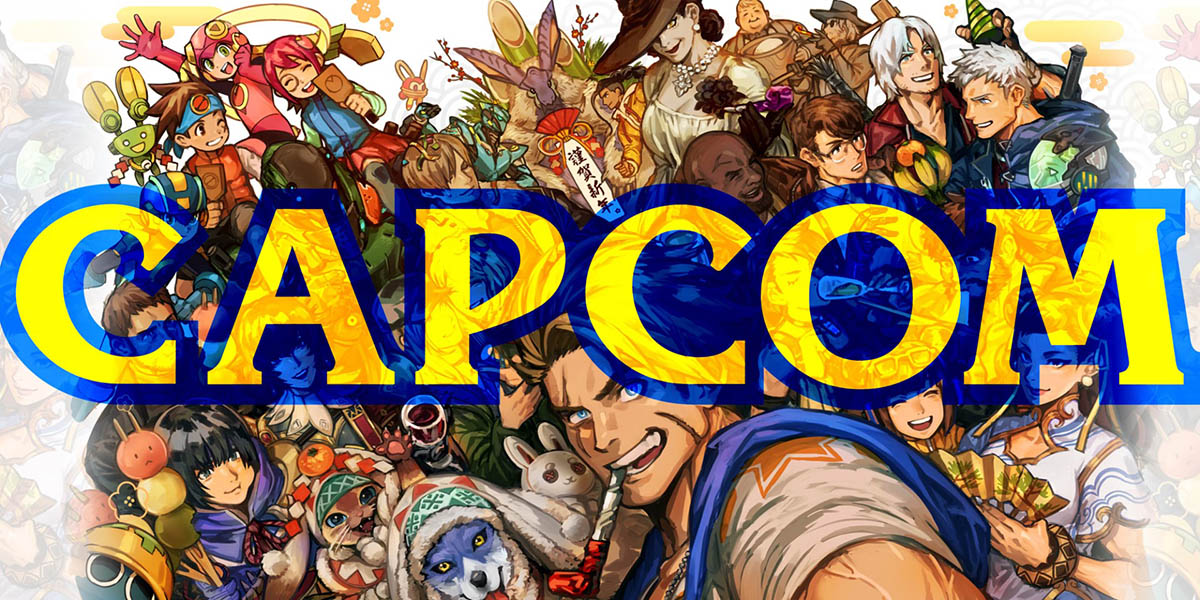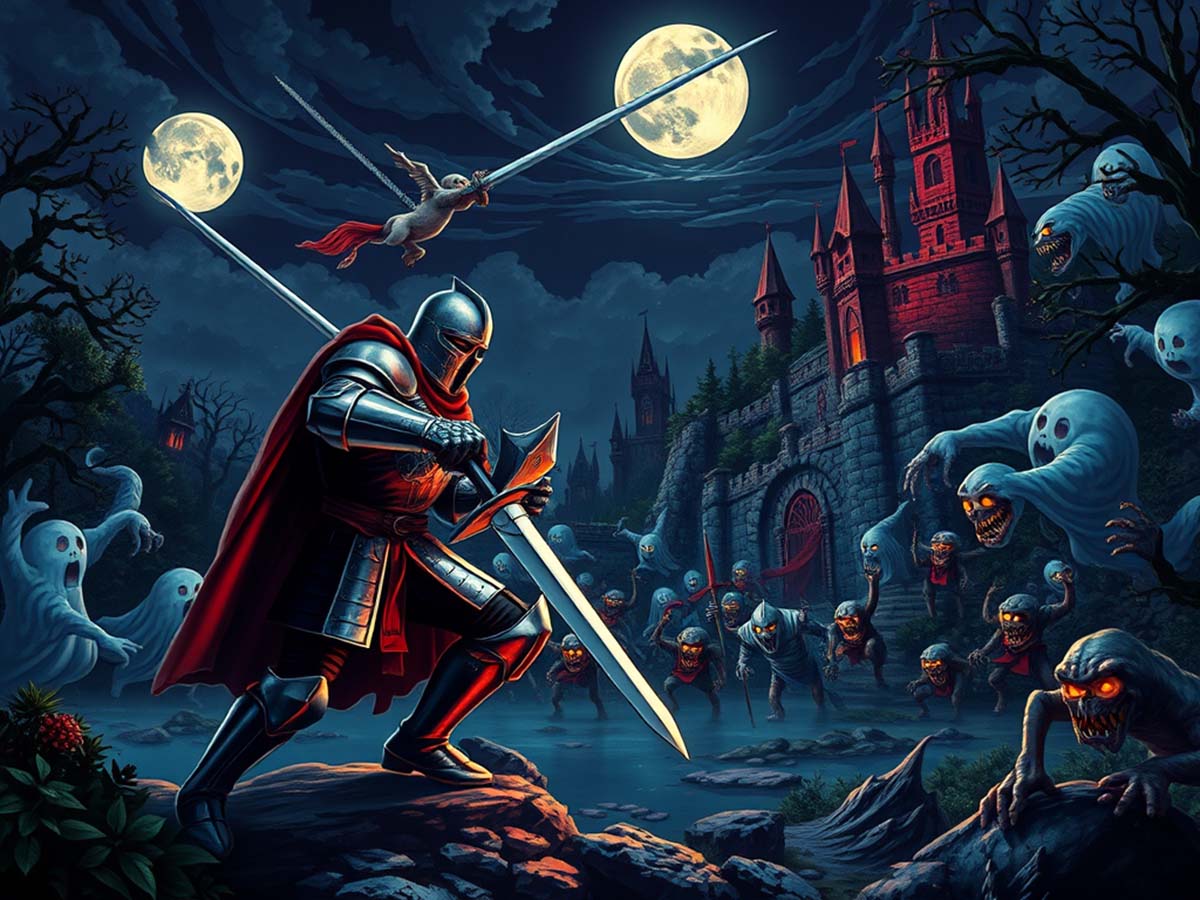Forgotten Masterpieces of the 80s and 90s
Iconic Yet Overlooked Titles
During the golden years of gaming, Capcom’s creativity thrived. Although their hits like Street Fighter and Resident Evil gained global recognition, several titles from their expansive library remained in the shadows. Games such as Captain Commando, Strider, and Forgotten Worlds showcased bold ideas and innovative gameplay. These masterpieces, while not achieving blockbuster success, left an indelible mark on players who discovered them.
Bold Gameplay and Memorable Characters
Captain Commando’s futuristic brawler gameplay featured a dynamic team of characters, each with unique abilities. Strider’s fast-paced platforming and memorable swordplay set it apart in an era dominated by slower side-scrollers. Forgotten Worlds combined intense shooting action with cooperative mechanics, pushing arcade games into a realm of new possibilities. These titles broke the mold, inspiring countless developers who followed.
Legacy of Innovation
Despite limited commercial success at the time, the innovation behind these games is undeniable. Each entry had something to offer—whether it was engaging mechanics, detailed art direction, or ambitious storytelling. The lack of widespread acclaim only adds to their mystique, making them cherished by retro gaming enthusiasts who still sing their praises today.
A Library of Experimentation
Capcom’s library from the 80s and 90s was a treasure trove of experimental titles. Side-scrolling beat-em-ups, platformers, and shooters populated the arcade scene, often overshadowed by the company’s flagship franchises. Yet, these games remain a testament to the creative risks taken during this era, cementing Capcom’s status as a pioneer in gaming history.
Technological Advancements
The evolution of gaming during this period saw rapid advancements in graphics and gameplay design. Capcom capitalized on these developments by consistently pushing boundaries. Many of these forgotten titles utilized groundbreaking technology for the time, such as parallax scrolling and advanced sprite animations, which added depth to gameplay and created immersive experiences.
Unique Gameplay and Design Innovations
Risk-Taking in Design
Capcom’s willingness to experiment defined this era. Their games often took risks, blending genres or introducing mechanics years ahead of their time. Strider, for example, introduced an acrobatic approach to platforming that emphasized fluidity and precision. Its protagonist moved with unmatched grace, making each leap and strike feel satisfying. The game’s futuristic setting added depth, immersing players in a dystopian world with vibrant visuals.
Character-Driven Experiences
Captain Commando’s design reflected a shift toward more character-driven experiences. Its roster of fighters—a ninja, a robotic mummy, a baby piloting a mech—was as diverse as it was bizarre. Each character brought unique combat styles, encouraging players to experiment with different approaches. This diversity gave the game a level of replayability that kept arcades bustling.
Cooperative Gameplay Innovation
Forgotten Worlds pushed the boundaries of cooperative gameplay. Its “roll-and-shoot” system allowed players to rotate freely while firing, a mechanic that felt revolutionary in the late ‘80s. Paired with vibrant visuals and imaginative enemy designs, it became a favorite among arcade aficionados. The game’s cooperative focus fostered teamwork, making victories more rewarding.
Storytelling Through Gameplay
Capcom’s approach wasn’t just about gameplay mechanics. Their storytelling also set a high bar. Strider’s silent narrative conveyed emotion through visuals and level design, leaving players to piece together its enigmatic story. Meanwhile, Captain Commando offered lighthearted fun with its comic book-style presentation. These storytelling techniques demonstrated Capcom’s ability to cater to a broad audience without sacrificing depth.
Visual and Audio Excellence
The visual design of these games was equally groundbreaking. Strider’s futuristic cities, Forgotten Worlds’ alien landscapes, and Captain Commando’s colorful arenas showcased Capcom’s attention to detail. The artistic choices were bold, reflecting a commitment to creating immersive worlds that captured players’ imaginations. These visuals, paired with engaging mechanics, created an experience that felt ahead of its time.
Music also played a significant role in elevating these games. Soundtracks composed for Strider and Captain Commando set the tone for their respective adventures, blending futuristic melodies with energetic beats. The music’s rhythm and intensity often matched the gameplay, enhancing immersion and making these titles unforgettable for players who experienced them in arcades.
Why These Games Deserve a Comeback
Nostalgia’s Role in Revival
Over time, nostalgia has grown for Capcom’s overlooked gems. Fans frequently call for remakes or remasters, hoping to reintroduce these classics to modern audiences. The industry has shown time and again that revisiting the past can lead to renewed interest. With advancements in technology, these titles could shine brighter than ever before.
Enhancing Old Classics
A reimagined Captain Commando could tap into the popularity of cooperative action games. Enhanced graphics and updated controls would breathe new life into its chaotic battles. Strider, already revered for its gameplay, could benefit from expanded levels and deeper mechanics. Forgotten Worlds, with its cooperative roots, seems primed for an online multiplayer revival, appealing to gamers seeking shared experiences.
Inspiration for Modern Developers
Additionally, these games’ original ideas remain relevant. Modern developers often cite Strider and Forgotten Worlds as influences. Revisiting these titles could serve as a celebration of Capcom’s legacy while inspiring new generations of creators.
Fan-Led Demand
Fan demand is another undeniable factor. Online communities regularly share stories about discovering these titles, keeping their memory alive. Social media and forums echo the sentiment that these games deserve another chance to shine. The enthusiasm surrounding retro gaming creates a perfect environment for Capcom to revisit its hidden gems.
Bridging Eras of Gaming
The resurgence of interest in retro aesthetics and mechanics presents a unique opportunity. Bringing back these classics, whether through remasters or reimaginings, could bridge the gap between past and present. For both longtime fans and new players, these games offer a window into Capcom’s formative years, where risk-taking and creativity defined their output.
Cultural and Media Potential
The potential for cross-media opportunities also adds to their appeal. Strider’s cinematic visuals and rich world could translate seamlessly into animated series or comic adaptations. Captain Commando’s quirky characters could thrive in modern graphic novels, expanding their reach beyond gaming. These expansions would not only bring these characters to life in new ways but also build anticipation for their gaming revivals.
Cooperative Gameplay’s Enduring Appeal
Finally, the enduring appeal of cooperative gameplay cannot be overstated. Multiplayer experiences have become a cornerstone of modern gaming, and titles like Forgotten Worlds embody the spirit of collaboration. By reintroducing these classics with updated mechanics and online features, Capcom could attract both nostalgic fans and new players seeking engaging cooperative adventures.
Lessons in Creativity
The legacy of these games also provides a valuable lesson in the importance of innovation and creativity. They remind the industry that success isn’t solely measured by immediate sales figures but also by the lasting impression left on players. Their comeback would not only honor their legacy but also reinvigorate Capcom’s reputation for daring to take risks in the gaming landscape.


